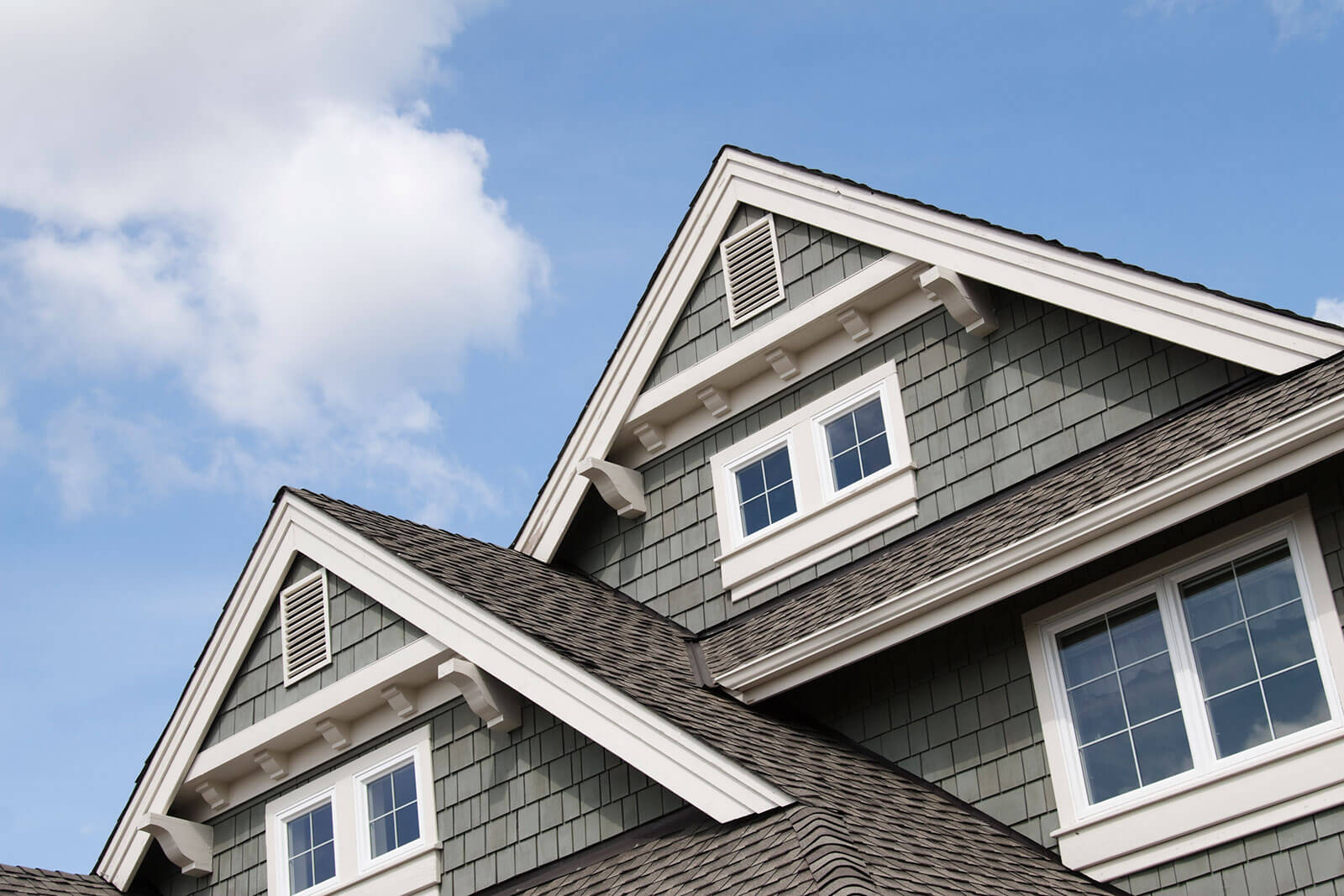
Roofing: A visual guide to roof styles
Your roof style may affect your homeowners insurance
July 26, 2022 — Homeowner insights | Insurance insights
Without an architectural degree, chances are you don’t know the technical term for the type of roof on your home. Perhaps you’ve never even wondered, “What kind of roof do I have?” But the structural design of your roof plays a significant role in protecting your family from dangerous weather and other potential risks, especially in coastal areas where the threat of hurricanes is high.
When you purchase a new home or change your home insurance policy, your insurer will want to know what type of roof you have. If you’ve never heard the term gambrel or mansard, you might have a difficult time answering this question. This visual guide will help you discern the style of roof on your home.
Flat
With no visible pitch or slope, flat roofs are known for their durability and low construction costs. Ideal in warmer climates where there’s no risk of snow buildup, flat roofs are also often used for additional living spaces or rooftop gardens. They are also energy-efficient and perfect for solar panels.

Gambrel
A gambrel roof has two slopes on each side of the ridge, with the bottom slope being a sharper angle than the upper slope. Most people will recognize a gambrel roof as a style like that of a barn roof. This type of roof provides more storage and living space but is prone to wind damage because air doesn’t flow easily over the steep surfaces.
Mansard
A combination of a hip and gambrel roof, a mansard roof has two slopes on all sides, with the lower slope being steeper than the upper slope. Often chosen for their aesthetic appeal, these roof styles provide extra attic space but are costly to install and maintain and are not the most weather-resistant.
Turret
A turret roof has a small tower extending above a structure. Reminiscent of castle lookouts, the base is usually round with a conical top that forms the roof. Turrets on homes today are decorative in style and provide a unique 360-degree view.
Gable
A gable roof has an equal slope on each side of the ridge. Simple to construct and budget-friendly, gable roofs provide ample attic space and effectively drain snow and water off the roof; however, they are not as wind-resistant and often confused with a hip roof.
Hip
A hip roof has four sloping sides that meet the walls and join at a point, like a pyramid. Hip roofs are often considered the most wind-resistant and are recommended for areas where severe weather events, like hurricanes and tornadoes, are common.
Mono-slope
A mono-slope roof has a low, single slope to it. Sometimes referred to as a shed roof, mono-slope roofs have a contemporary feel. This simple design is affordable and allows for versatility in the type of roofing cover used. Mono-slope roofs provide superior water drainage and can require alternative gutter options to manage water runoff.
Elaborate
An elaborate roof does not fit into a typical style. It could be a combination of different roof styles or have several dormers. With more seams and intricacies, the chances of leaking increase. Additionally, elaborate roof designs can be more costly to reconstruct, which can increase your homeowners insurance Coverage A and, ultimately, your premium.
Once you understand your roof style, you may want to learn more about the roof covering options you have and how they can help protect your home.
Read SageSure’s Roofing Guide here
Read more about selecting and maintaining your roof here
Read more about roof coverings here
Read more about questions you should ask before hiring a roofer here
